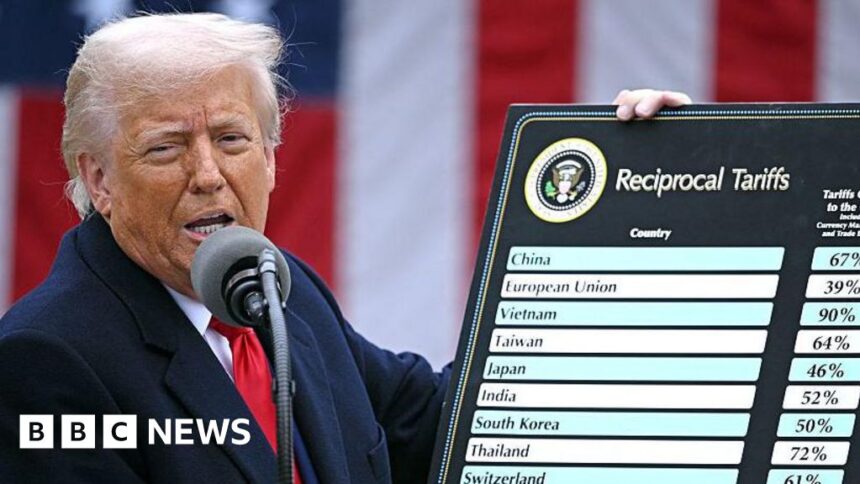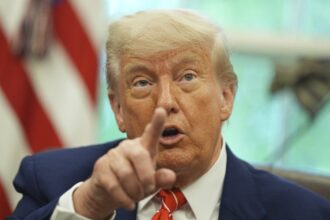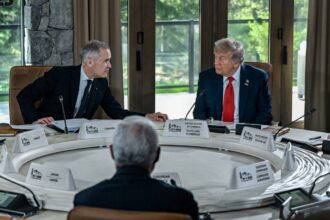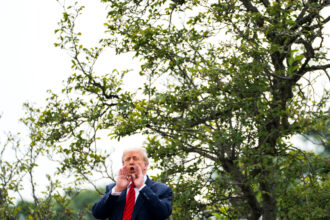The geopolitical chessboard of international trade was dramatically reconfigured yesterday when the U.S. Supreme Court delivered a landmark ruling upholding former President Donald Trump’s controversial tariff authority. The 6-3 decision, split along ideological lines, affirms presidential power to impose sweeping trade barriers without congressional approval—potentially setting the stage for a fundamental transformation of America’s economic relationship with the world.
“This ruling effectively hands the White House unprecedented authority to reshape global commerce through executive action alone,” said Dr. Eleanor Winters, Professor of International Trade Law at Columbia University. “We’re witnessing a historic shift in the balance of trade powers that could reverberate through global markets for decades.”
The case, originating from challenges to Trump’s 2018 steel and aluminum tariffs imposed under Section 232 of the Trade Expansion Act, has sent tremors through financial markets from Toronto to Tokyo. Canadian steel producers, who weathered the previous round of tariffs, now face renewed uncertainty as the door opens for similar or even more expansive measures in the future.
Analysis from the Peterson Institute for International Economics suggests the ruling could embolden future administrations to implement broad tariff regimes with minimal judicial oversight. Their economic models project potential GDP impacts of 0.3-0.8% annually for nations highly dependent on U.S. market access.
“For Canada, which sends approximately 75% of its exports to the United States, the implications are particularly concerning,” notes Michael Rousseau, Chief Economist at Toronto-Dominion Bank. “This creates a precarious environment where Canadian industries must now prepare contingencies for rapid shifts in trade policy that could arrive with each new administration.”
The court’s majority opinion, authored by Justice Neil Gorsuch, emphasized historical precedent dating back to early American trade laws, arguing that “executive discretion in matters of national security and trade has deep historical roots.” The dissenting justices, led by Justice Sonia Sotomayor, warned of “dangerous concentration of economic power in a single branch of government.”
Financial markets have responded with notable volatility. The S&P/TSX Composite Index declined 1.2% on news of the ruling, while currency markets saw the Canadian dollar weaken against its American counterpart. Manufacturing and resource sectors—particularly steel, aluminum, and automotive—experienced the sharpest declines.
The ruling arrives at a pivotal moment in international trade relations, with World Trade Organization authority already weakened and regional trade blocs increasingly assertive. Policy experts suggest we may be witnessing the twilight of the post-war liberal trade order that has defined global commerce for generations.
“This fundamentally alters the risk calculations for any company engaged in cross-border commerce with the United States,” explains Victoria Chen, Director of Global Trade Strategy at Deloitte. “The regulatory certainty that businesses require for long-term investment planning has been significantly diminished.”
As markets digest these developments, the central question emerges: in a world where presidential authority over trade has been dramatically expanded, will we see a retreat toward economic nationalism or can the international system adapt to preserve the benefits of integrated global markets while addressing legitimate security concerns?
Source: CO24 Business
























